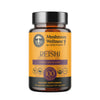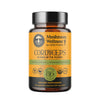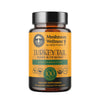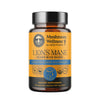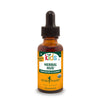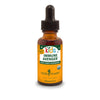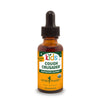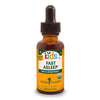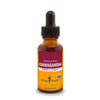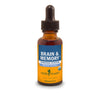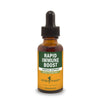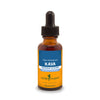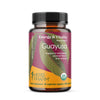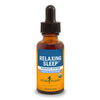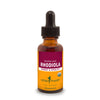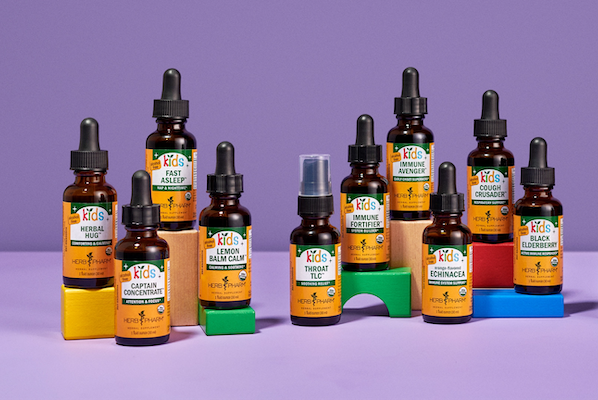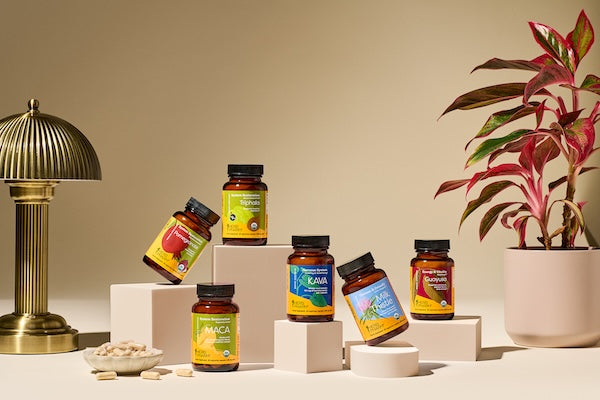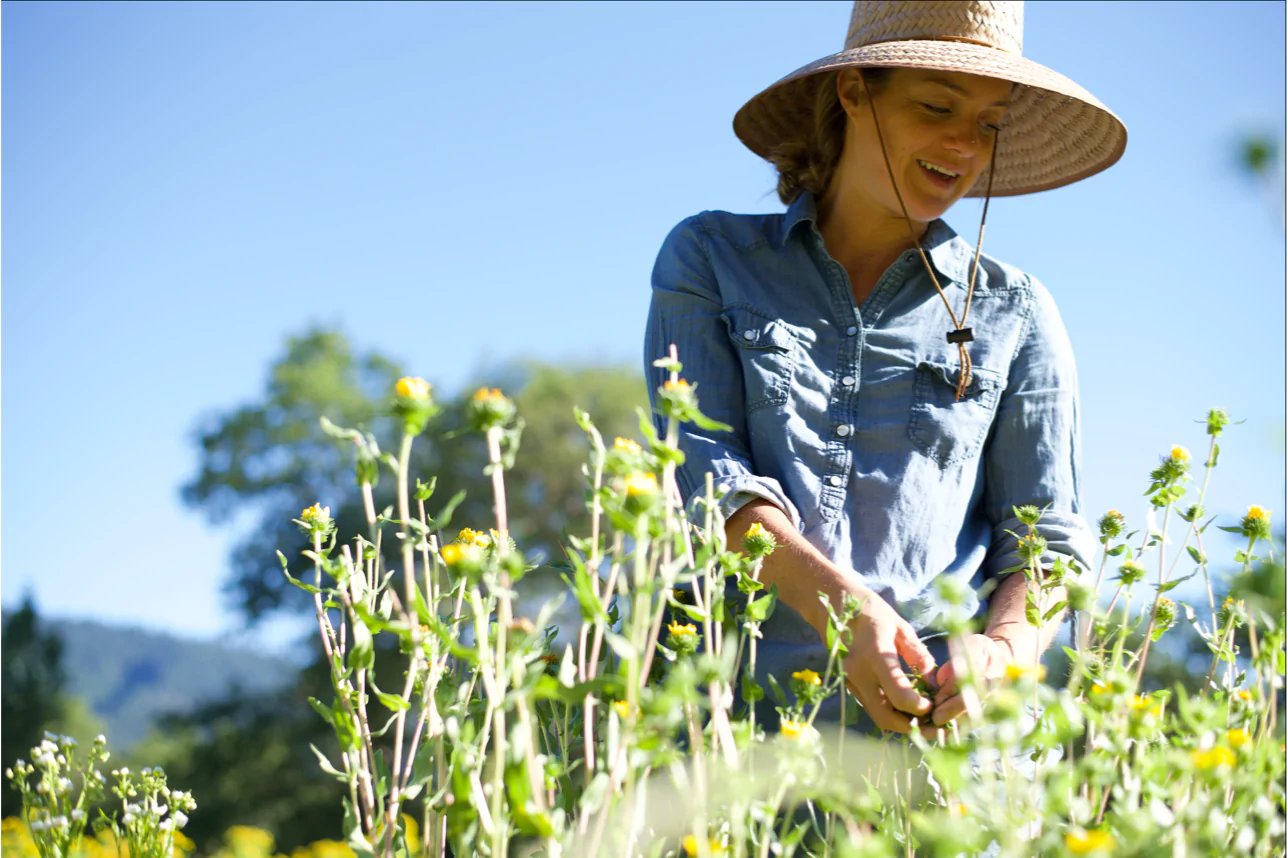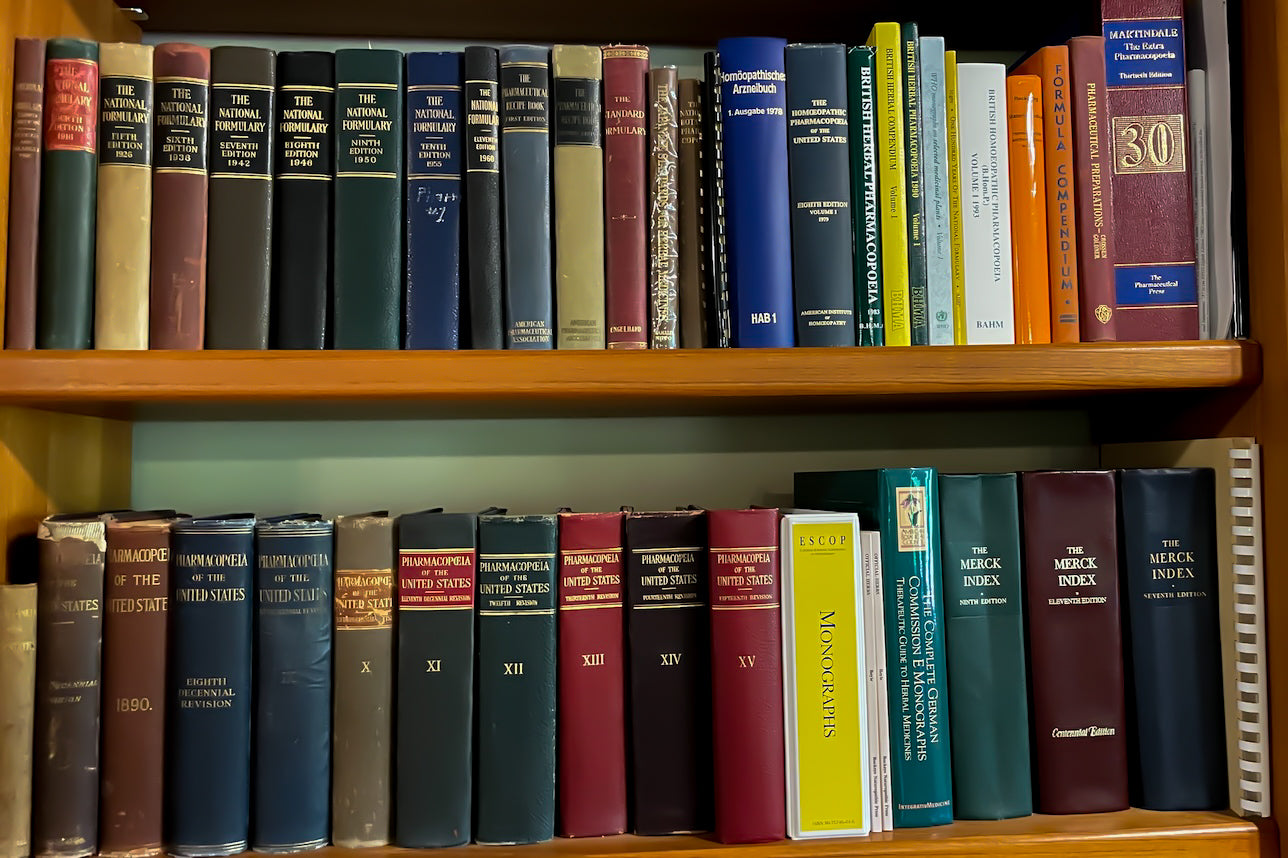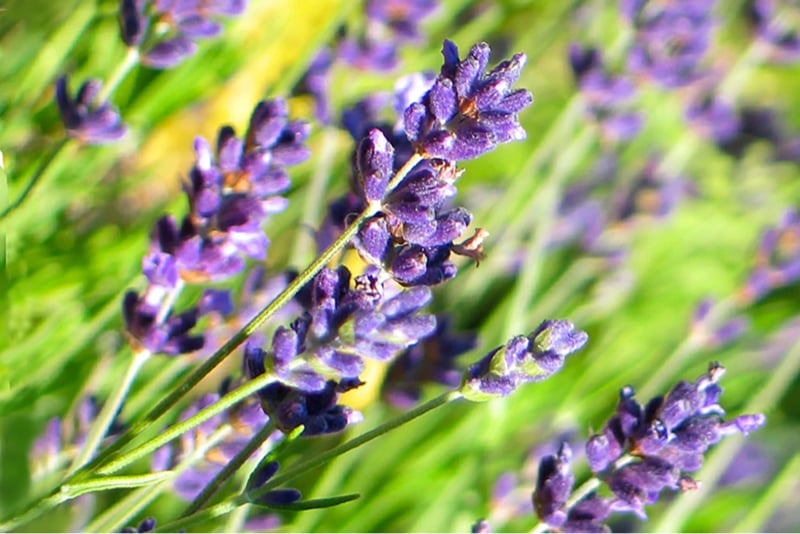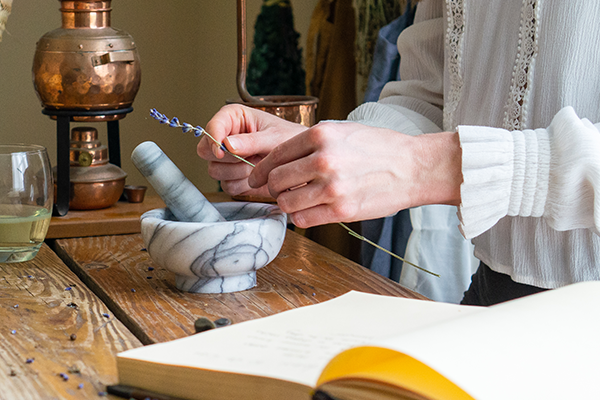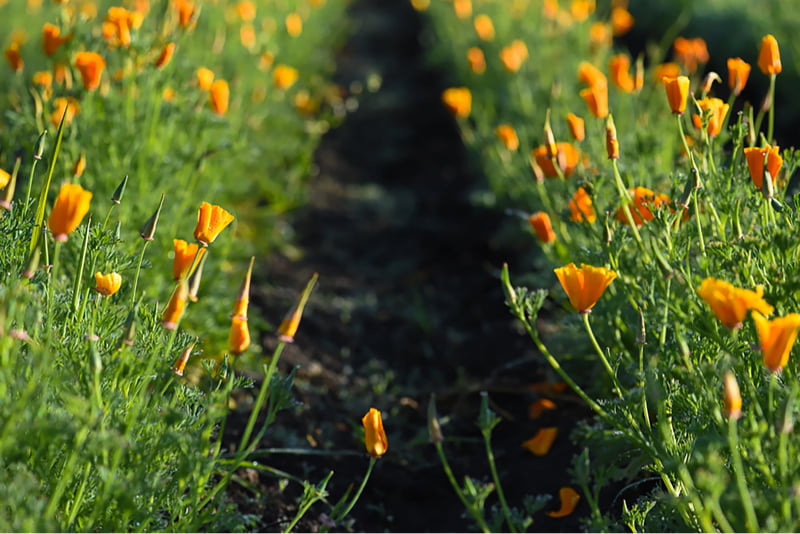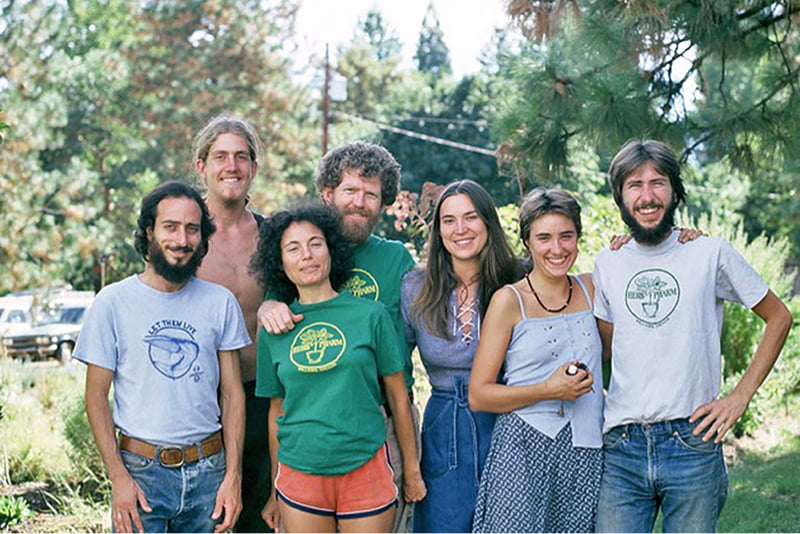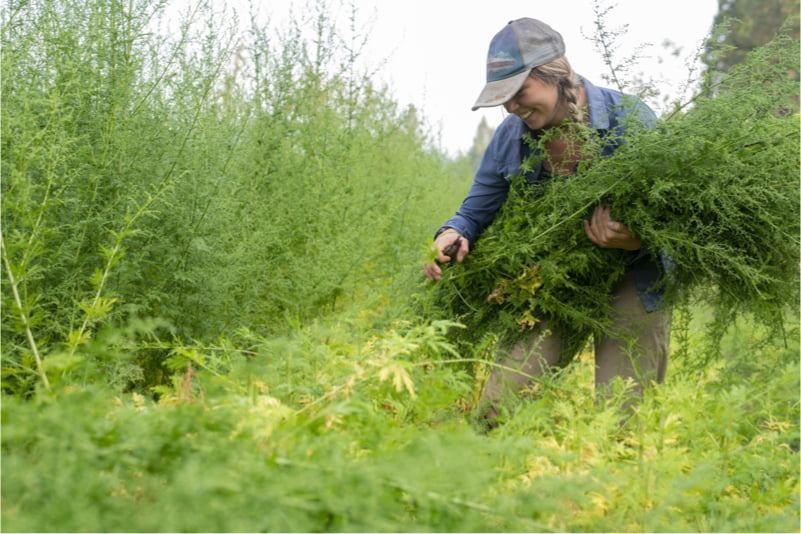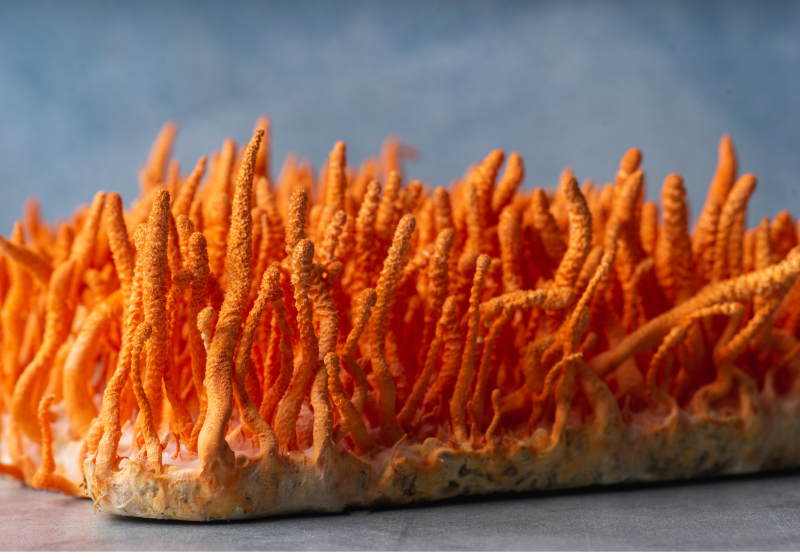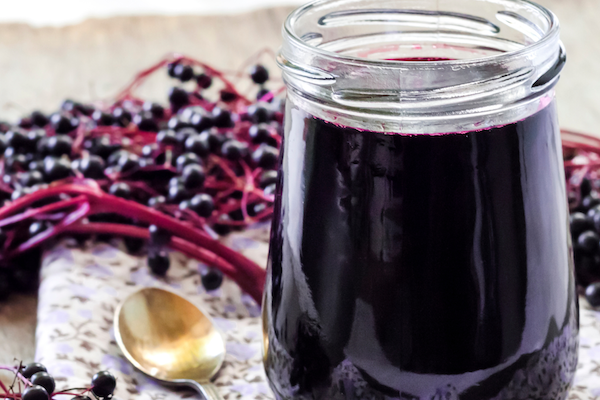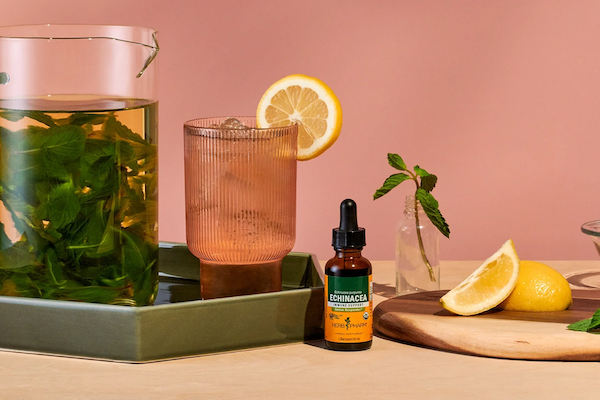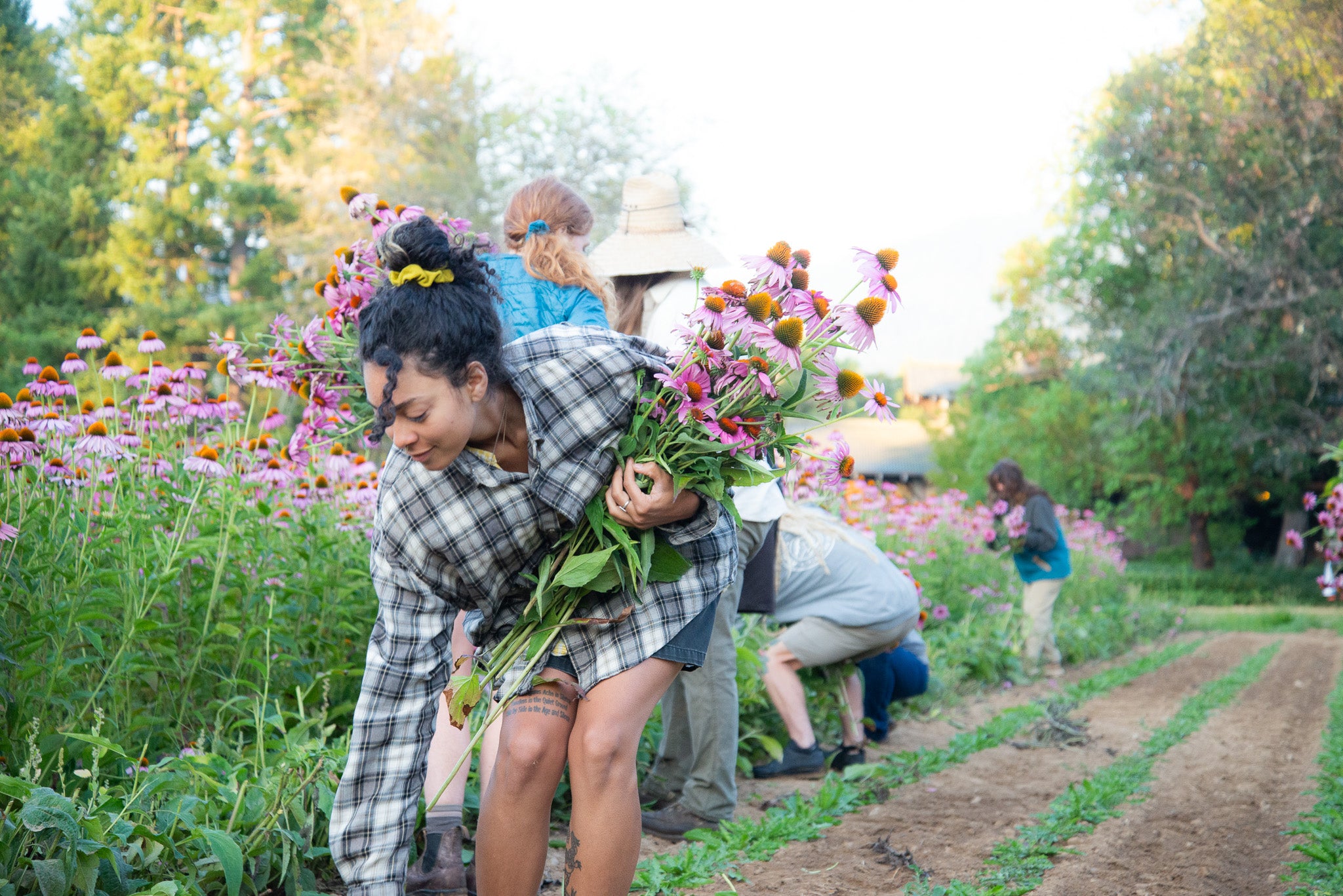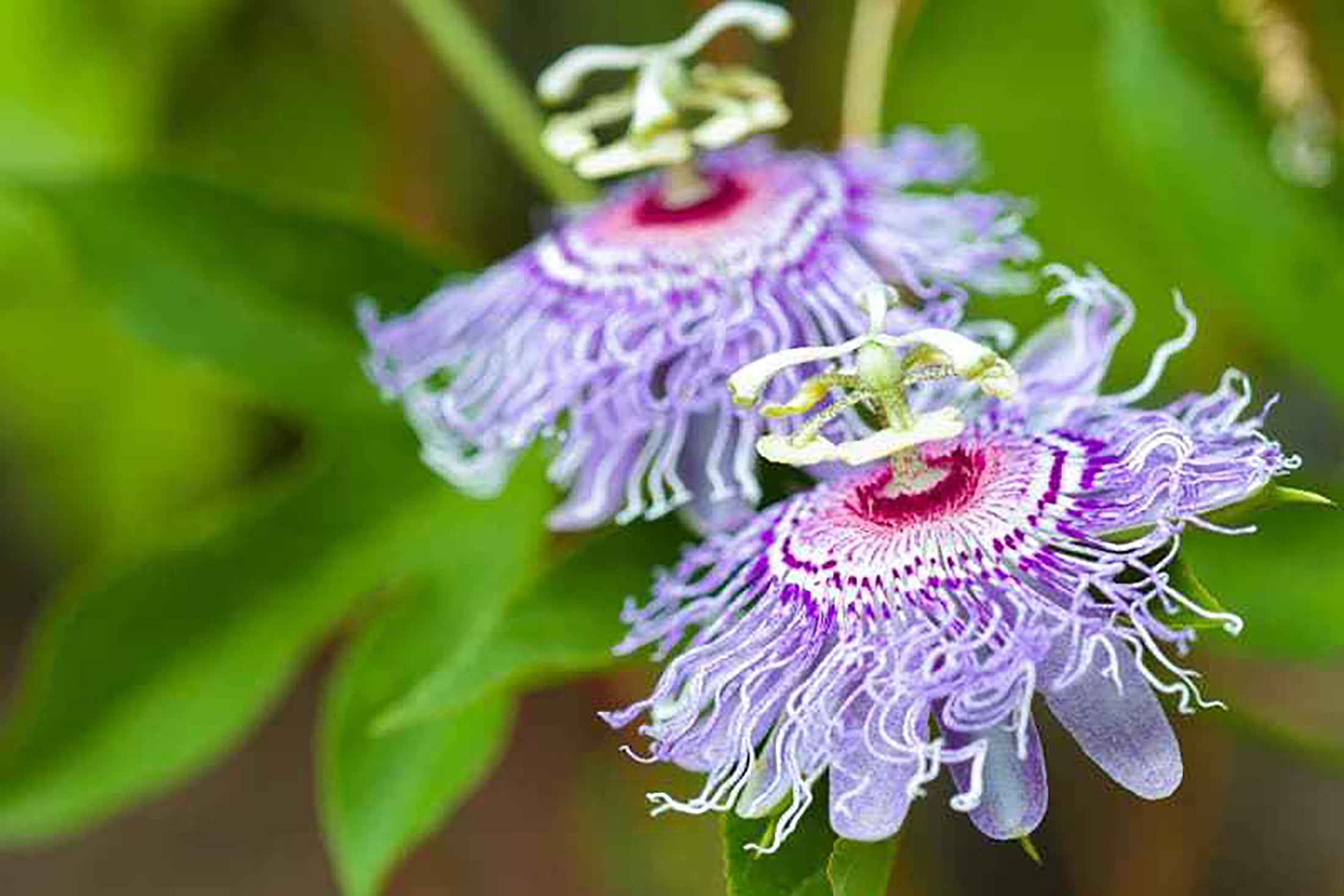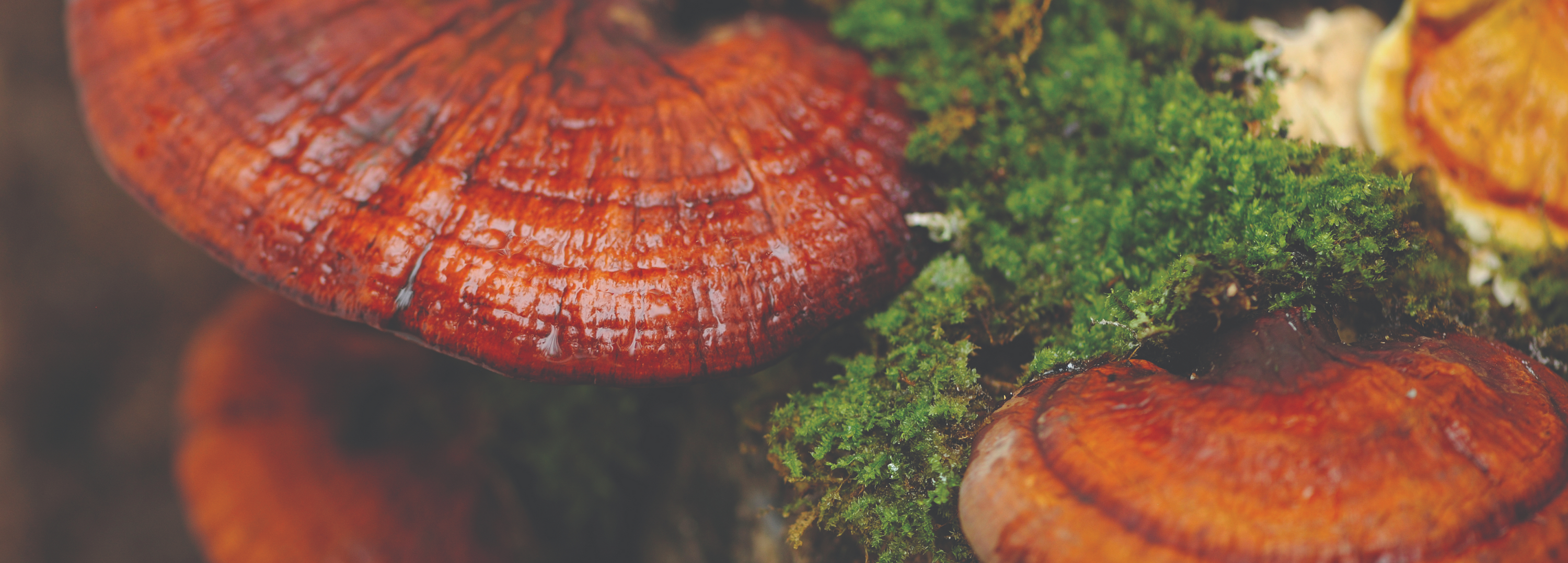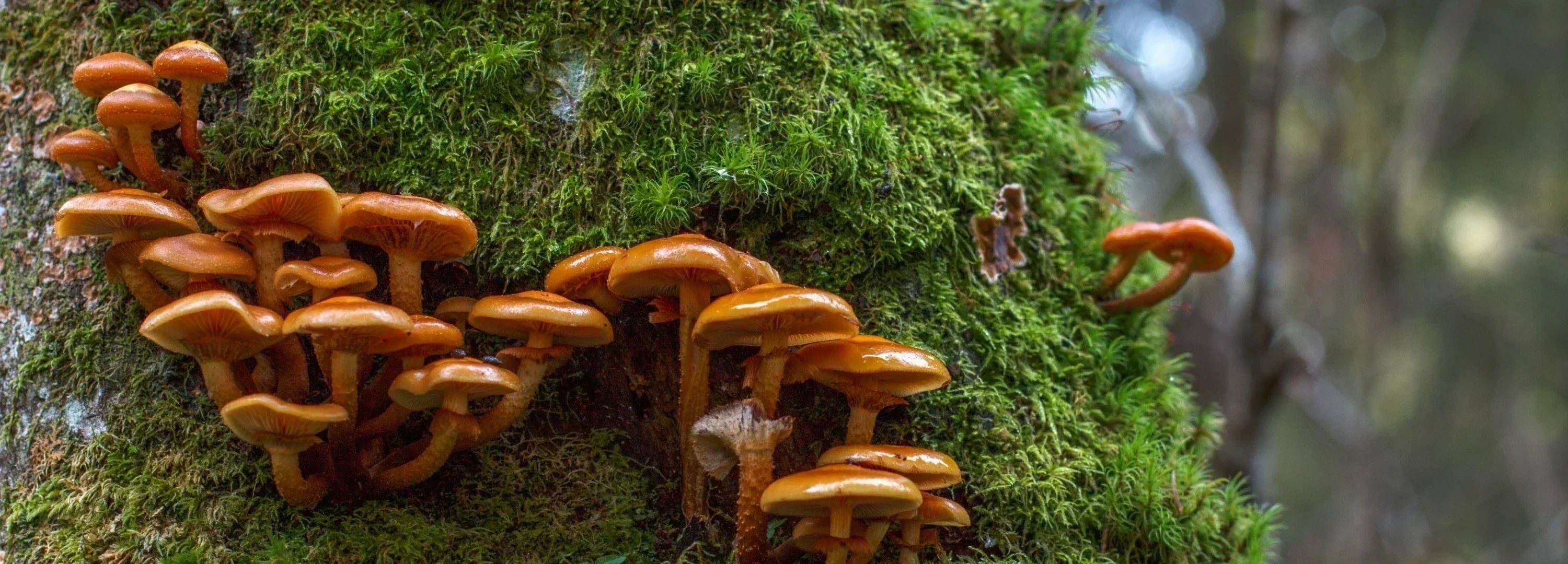
Mushroom WellnessJun 27, 2025
Mushroom Glossary
Mushrooms belong to the fungi kingdom, a realm as beautifully diverse and intricate as the animal
kingdom. The simplest fungal lifeforms are single-celled yeasts, while multicellular mushrooms have an
elaborate structure with above and below-ground parts, just like plants.
Herb Pharm believes that every part of the mushroom has value, which is why you’ll find them all in
Mushroom Wellness’s broad-spectrum whole fungi powders.
We have created this glossary to help you understand the various parts of the surprisingly complex
mushroom.

Basidia
‘Basidia’ means club-shaped, as you can see in the drawing. These specialized cells are found on
the hymenium of basidiomycete fungi.

Button
The young, early form of a mushroom fruiting body before it has fully matured: picture a rounded
or dome-shaped cap that is still tightly closed or just beginning to open, perched on top of a
short and thick stem.

Cap
The uppermost part of the mushroom fruiting body that sits atop the stem and resembles an
umbrella; also known as the “pileus”.

Cup
The fruiting body of certain fungi, known as cup fungi or ascomycetes, which grows in the
distinctive shape of a cup.

Fruiting Body
The fruiting body is the mushroom. Depending on the species, it includes parts like the stem,
cap, and hymenium (a spore-producing layer within the sporocap).

Gill
Thin, blade-like structures that hang from the underside of mushroom caps and help maximize spore
production and dispersal; also known as “lamellae”.

Hymenium
A spore-producing layer of tissue found within the sporocarp, which is the entire fruiting body
of a fungus. The sporocarp houses the hymenium on the gills, inside the pores, or on the hanging
spines of a mushroom’s fruiting body, depending on the mushroom type.

Hyphae
Thin filaments that primarily form from mushroom spores during the germination process, then grow
and intertwine to create the mycelium, just as individual threads are woven together to create a
uniform fabric.

Mycelium
The intricate network of thread-like filaments called hyphae that compose the underground,
vegetative body of mushrooms, analogous to the roots of a plant.

Partial Veil
The protective coating of tissue that covers the developing gills or pores of a mushroom until it
matures.

Pinhead
The tiny, earliest nodule of the developing fruiting body that is visible to the naked eye and
resembles the head of a pin.

Pores
Tubes on the underside of mushroom caps that are present in polypore mushrooms, such as Reishi
and Turkey Tail, and contain the spore-bearing hymenium needed to reproduce.
Primordium
The very early stage of the developing fruiting body that precedes the button stage, during which
a pinhead, or nodule, forms within the mycelium.

Ring
A circular structure on the stem of a mature mushroom, left over from the partial veil that once
covered the developing gills or pores; also called the “annulus”.

Sclerotia
A dense, hardened mass of hyphae that enables fungi to survive adverse environmental conditions
such as extreme temperatures, drought, or lack of nutrients until conditions become favorable
for growth. For example, Chaga forms a hard sclerotium that looks like burnt charcoal.

Spores
Single-celled reproductive structures that contain all the genetic material needed to form new
hyphae and eventually fruiting bodies. They’re dispersed through wind, water, and animals, much
like seeds.

Stem
The stalk that supports the cap of a mushroom; also known as the “stipe”.

Spines
Elongated, cylindrical structures that radiate downward from a mushroom and house the
spore-bearing hymenium; also known as “teeth”.

Universal Veil
A temporary protective membrane that surrounds the immature fruiting body of a mushroom as it
develops, which is eventually shed as the mushroom matures.
